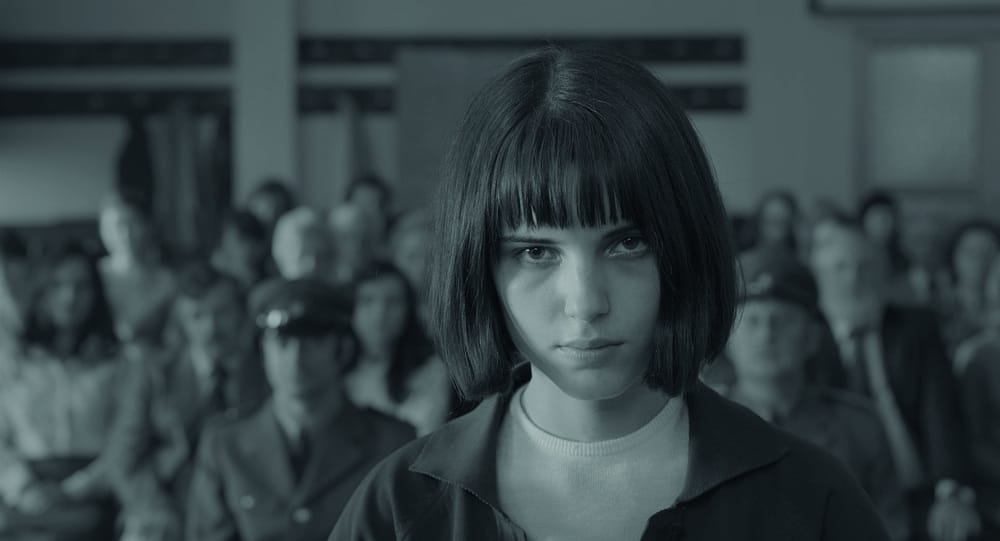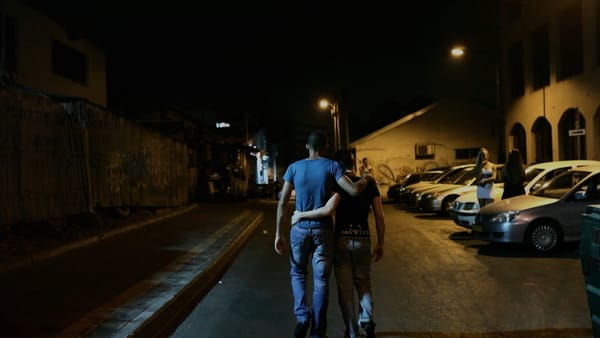I, Olga Hepnarová
Eyes of a killer

T he directorial debut from Czech directors Petr Kazda and Tomás Weinreb – I, Olga Hepnarová – takes its title from a line in the manifesto left behind by the last woman to be executed in Czechoslovakia. In 1973, at the age of 22, Hepnarová ran over a group of people with a truck, killing eight, and was executed with short-drop hanging. But the title also acts as an invitation. It invites us to try and get inside the mind of a killer to attempt to shed some light on what, exactly, drove a young girl to commit such a horrific act. A pity, then, that the end result is so dark and unilluminating.
We follow Hepnarová from the age of 13, when an early suicide attempt led to her incarceration in a psychiatric ward. This marks the first step in a progression of events marked by increasing isolation and alienation, which Hepnarová deals with by chain-smoking cigarettes and maintaining an impassive attitude. The scenes come and go in a haphazard order, with individual depressing vignettes making up a more isolating whole; with no music to break up the tension, the internal relentless rhythm of I, Olga makes it a trying watch.
Michalina Olszanska’s dedication to the role of Hepnarová cannot be denied, but her character is a glassy-eyed cipher, whose extreme unlikeable nature hampers any emotional connection we might have. Furthermore, the fact that Hepnarová is a lesbian seems to serve no other function that to justify the inclusion of several sex scenes that are as gratuitous as they are dull, making I, Olga seem more like a pastiche of ‘difficult’ European art-house cinema than anything fully-realised.
I, Olga invites us to explore the nature of human evil. But not even the sumptuous black and white cinematography, which complements the 1960s environs perfectly – and takes more than a few cues from Paweł Pawlikowski’s Ida – cannot rescue it. I, Olga goes to great lengths to prove true Hannah Arendt’s claim that the evil really is just banal.








